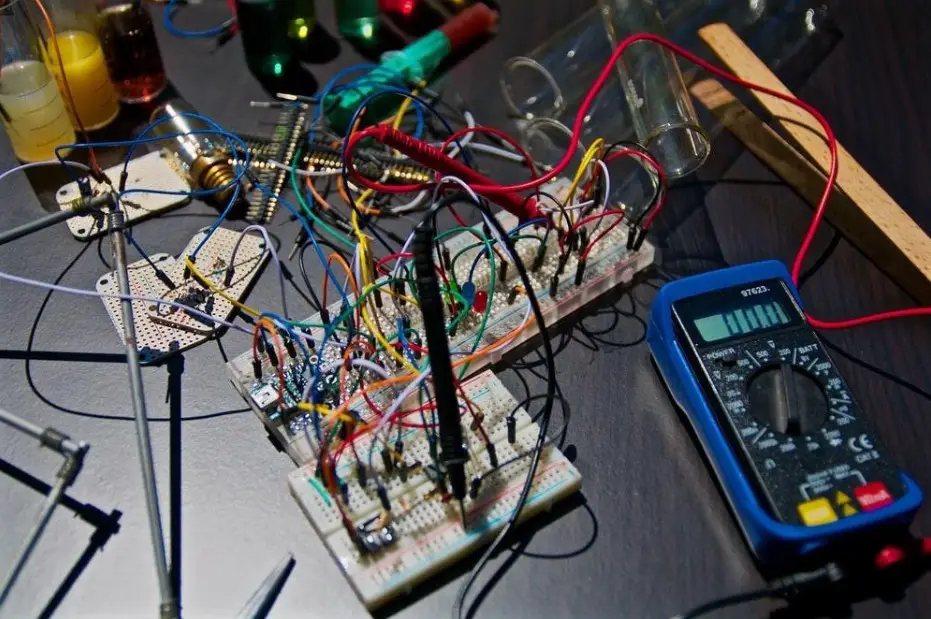
The number one concern organizations have, in this day and age is how relevant their brand is with respect to their consumers. Countless companies have faced the axe of disruption, because of their non-responsiveness to change.
This fear alone is enough to send boards and executives into a frenzy of needless change, that can empty their pockets and make them forget their core focus, future-proofing their business.
The Necessity of Invention
People say that necessity is the mother of invention. That is absolutely true, but as more and more buzzwords and the fear of looming disruption take hold, companies needlessly spend time, effort and money in evolving business processes when they are not necessarily needed, or where the need has yet not arrived.
An example of this is the wearables trend, specifically Google Glass a product that was forecasted to be the next big thing by a lot of technology publications. Its bulky unappealing design, lack of a clear product objective, etc. led to its ultimate failure and plans to launch it was halted.
This was a clear example of how a trend that needed time to adapt and evolve was taken towards production and most probably cost the company some pretty hefty losses. A company like a google would have more room to experiment, but others need to think more smartly, before making such bold leaps forward.
Technology as an enabler
Another challenge with respect to the evolution of business is seeing technology as a disruptor, rather than an enabler. For technology to flourish and for its adoption to become more widespread, we have to move past the negativity that has inherently been built around it. That negativity stems from the realization, that a lot of careers and industries will face disruption if they do not automate/innovate their current work/business practices.
An example of this is something as complex as the marketing process that can now through technology be automated – the industry is forecasted to grow to $6.4 Billion by 2024. So, in essence, a lot of layer one marketing jobs might face disruption due to automation. Labor intensive markets, where are a lot of business processes are outsourced, might face the hardest hit.
We also have the capacity to automate certain layer one tasks, such as task scheduling through tools like an appointment booking app, this automates a lot of the rudimentary tasks that still require people for management. This is the exact mindset that has to be eliminated, seeing technology as an enabler, as an aid allows us to raise the bar and evolve certain work practice (train people before it is too late).
The future of work will be defined by how well we eliminate tasks, that no longer require human engagement and employ those people to focus on other/more complex work pursuits. This will give organizations the opportunity to work with leaner structure and invest efforts/resources towards building core areas, in essence, future-proofing their business.
Room to experiment

So, the question remains; how do we get our people to focus on innovation but not fall into the trap of innovating for the sake of innovation? The answer is we have to build a culture of experimentation. When people’s jobs do not specifically rely on buzzword-based innovation, rather on their sheer will to experiment and bring about positive change, then you have built an environment of trust and efficiency.
Practices like fast failure and Kaizen allow people the room required to experiment and to innovate. They are need-based innovations, that stem from organic/required change.
A culture of experimentation eliminates the fear of change, opens up the environment to communication and collaboration and helps you move towards an organic and future-proof workflow.
Conclusion
The business landscape of evolving rapidly. As more and more businesses move past experimentation (proof of concepts) and towards practical implementation, the competition will get tougher.
To remain competitive with respect to the changing tide, you need to put your best people on experimentation and the evolution of certain business practices, as per your own needs and in line with current technology trends (workflow automation, data and analytics – data sciences, machine learning, etc.)
The objective is to evolve but not at the cost of your core. Happy hunting!










